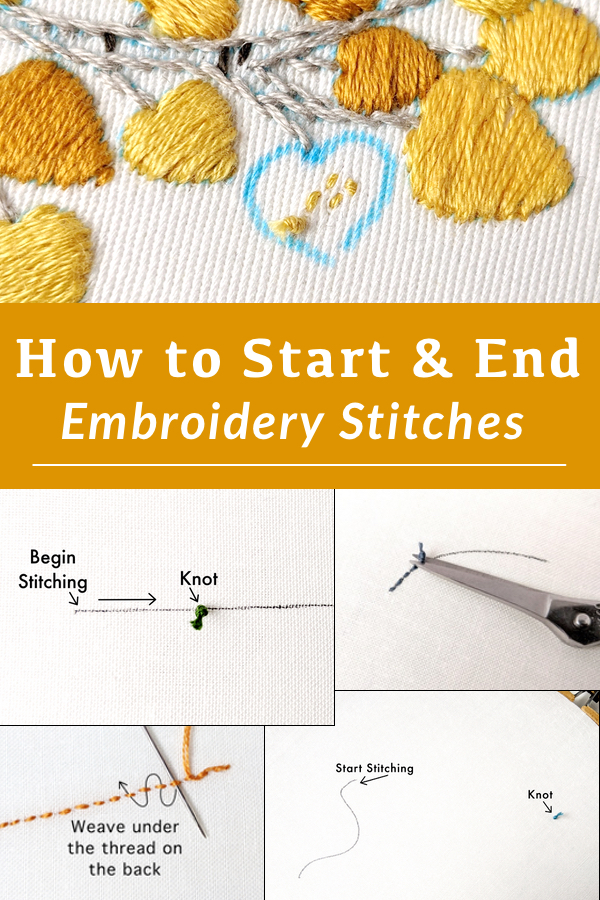When I first ventured into the world of embroidery, I assumed my machine would magically whip up designs in the blink of an eye! However, reality was different. Designs with 100,000 stitches would keep my single-needle machine running for hours.
Want to find out how much time embroidery consumes? Whether you’re doing it for business, hobby, or just ordering a piece, knowing the duration can be super handy. Let’s delve into the intricacies of embroidery time!
Key Factors Determining Embroidery Time
Several aspects impact how long it takes to complete a design. Let’s explore:
- Design Complexity: More stitches translate to more time. Some stitches, like applique or 3D foam, are more time-consuming due to increased user engagement.
- Machine Type: Multi-needle machines save time by not needing manual thread color changes. On the flip side, with a single-needle machine, I must be on standby to swap threads. Also, machines that automatically trim jump threads can be a lifesaver.
- Machine Speed: While my Luminaire embroidery machine boasts a speed of 1,050 spm, not all stitches zip by at this pace. Professional machines can handle challenging stitches at higher speeds, but sometimes designs or materials demand slower stitching for quality.
- Preparation Time: Even a quick 1,000-stitch design can be delayed by setup. Marking the design placement, hooping, and loading can eat up time, especially with tricky materials.
- Post-Embroidery Work: After stitching, time is spent on removing stabilizers, clipping threads, and erasing markings. These finishing steps add precious minutes.
- Order Volume: Embroidering a single shirt is quick, but handling bulk orders? That’s a marathon!
Estimating Embroidery Duration
Wondering how to gauge the time an embroidery task will consume? Here are two tried-and-true methods:
- Machine Estimate: After loading a design, most machines display an estimated stitching duration. Keep in mind, for single-needle machine users, extra time for thread changes should be factored in. Special techniques might also require added time.
- Software Prediction: If away from your machine, embroidery software can be a savior. Tools like the Embroidery ToolShed from dime offer a “Design Analysis” feature to help with time calculations.
A Glimpse at Typical Timeframes
Just to satiate your curiosity, using an average speed of 700 spm for a single-color design:
- 1,000 stitches – Roughly 1.43 minutes.
- 10,000 stitches – About 14.3 minutes.
- 100,000 stitches – An impressive 143 minutes.
Note: Incorporating additional colors, varying speeds, and prep/finish time can alter these rough estimates.
Commercial Embroidery Timelines
As someone passionate about embroidery, I reached out to local commercial embroidery stores. While some offered same-day service for single items, the majority promised delivery within a week for custom orders.
Embroidery Time Summary
Embroidery duration hinges on factors like design complexity, machine capabilities, and order size. While there’s no one-size-fits-all answer, I trust the above insights help you plan better!
At a Glance
| Factors | Details |
|---|---|
| Design Complexity | Stitches count, type, and techniques used impact time. |
| Machine Type | Multi-needle machines are quicker, single-needle require manual intervention. |
| Machine Speed | Luminaire operates at 1,050 spm, but actual speed varies by stitch and design. |
| Preparation Time | Setup can be quick or lengthy, depending on design and material. |
| Post-Embroidery Work | Removing stabilizers, clipping threads, and cleaning up add to the overall duration. |
| Order Volume | Single items vs. bulk orders have significantly different timelines. |

